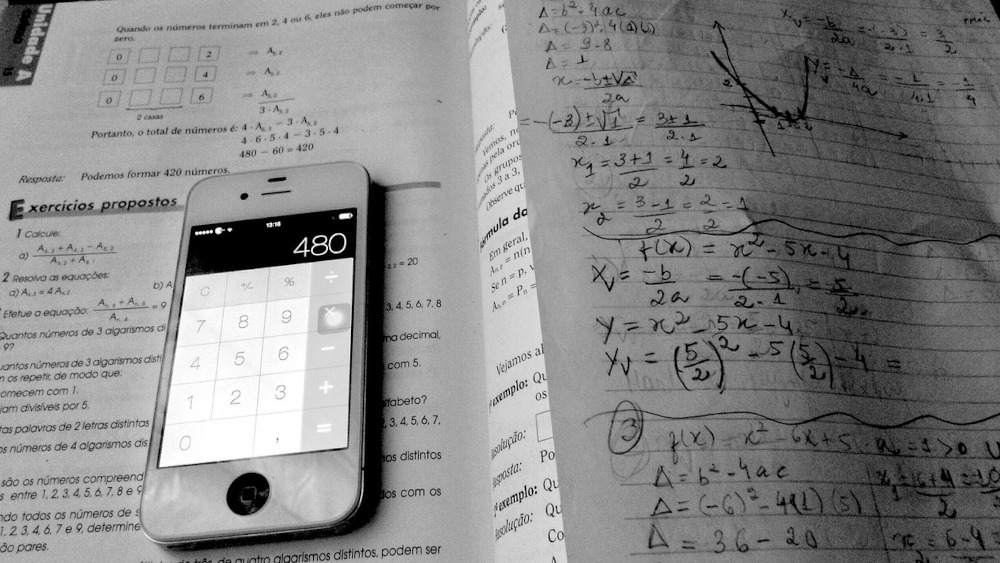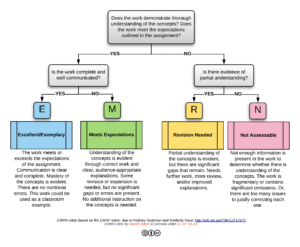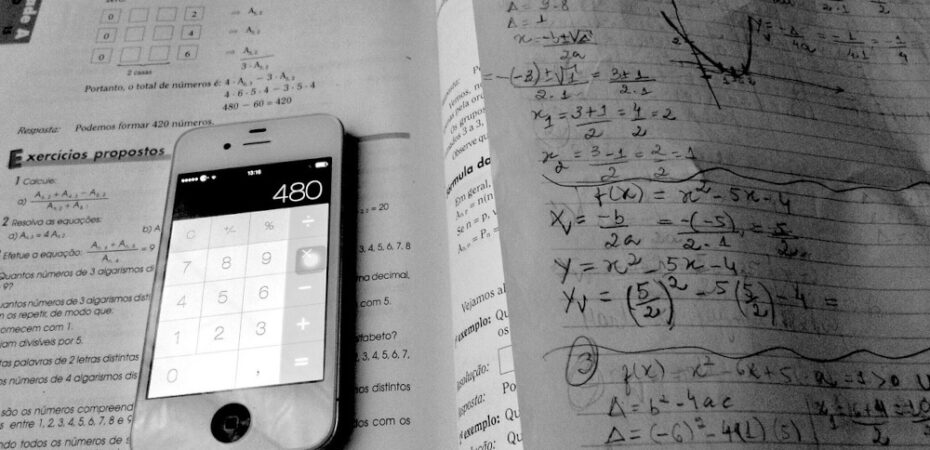
In this post, Nikola Popovic describes an assessment regime that would reward the holistic quality of student submissions for students in a final-year course, Mathematical Biology. Nikola is a Senior Lecturer in the School of Mathematics. This post is part of the ‘Transformative Assessment and Feedback’ Learning and Teaching Conference series.
Rationale
Traditional grading approaches in mathematics often award partial credit for fragmentary or partially correct work. Hence, students can accumulate marks without ever producing a mathematically correct, coherent, and well-reasoned solution. They also have little incentive—or opportunity— to act on marker feedback. Motivated by these perceived deficiencies, we redesigned the final-year course, Mathematical Biology (MATH10013), in the School of Mathematics from 2023-24 onward by implementing an assessment regime that would reward the holistic quality of student submissions.
Our main intention was to align our assessment of students with authentic practice in mathematical research, where review, iterative improvement, and collaboration are integral, setting high standards that students could achieve through structured opportunities for the resubmission of revised work. Students were hence strongly encouraged to engage directly with marker feedback on their original submissions, and to discuss with both markers and peers when implementing feedback.
Implementation
Our revised assessment regime was implemented in consultation with the then-Learning Designer in the School of Mathematics, Steven O’Hagan. We adopted a specifications-grading-type approach, whereby student work was awarded one of four grades in the EMRN Rubric:

A grade of ‘E’ was reserved for submissions of outstanding quality that could serve as model solutions, or ‘classroom examples’, while the lowest grade of ‘N’ was intended for submissions that were too fragmentary to be assessed. In practice, marking was hence oftentimes reduced to a binary judgement: a submission that ‘Meets expectations’ (‘M’) was fundamentally correct and coherent, requiring merely minor expansion or correction; ‘Revision needed’ (‘R’) signalled a significant error in reasoning or a gap in argument that fundamentally affected the quality of the submission. Markers were encouraged to give concise, actionable feedback, and to assess submissions holistically. Shared understanding between markers of where the boundaries between grades should lie was established in ‘calibration’ meetings.
Crucially, students were encouraged to revise submissions in response to marker feedback, and to resubmit them alongside their next assignment; the higher of the two grades counted.
To support students in their revision, we offered in-person office hours, attendance at which was anecdotally the most reliable indicator of student attainment in the course. Additionally, (peer) support was provided through an online discussion forum (Piazza). To help clarify expectations, a guide to mathematical writing was made available, as were model workshop solutions; following each submission-resubmission cycle, high-quality student solutions were published as ‘exemplars’.
To meet institutional requirements, EMRN Rubric grades were mapped to numerical marks, in accordance with the University of Edinburgh Common Marking Scheme. The mark of a student ‘meeting expectations’ across all assessments corresponded approximately to ‘A3’, in line with the high standards we applied to students.
Outcomes
Students initially welcomed the opportunity to revise; as one student remarked in the end-of-semester feedback survey:
“I was originally quite excited about the prospect of the homework being marked and then you can do it again and then hand it back in.”
Correspondingly, engagement with the assessment regime was enthusiastic, as is evident from data collected in 2023-24:
- On first attempts, 67% of submissions were graded ‘R’ or ‘N’, while only 19% achieved ‘M’ or ‘E’.
- Of first attempts graded ‘R’ or ‘N’, 93% were revised and resubmitted, with 52% of those resubmissions achieving ‘M’ or E’.
- Notably, 37% of first attempts graded ‘R’ remained at ‘R’ after resubmission—mostly due to students introducing new mistakes or misinterpreting feedback.
Two challenges were most frequently reported:
- The mapping of EMRN Rubric grades to the Common Marking Scheme was perceived as harsh, particularly the chasm between ‘R’ (20%) and ‘M’ (70%).
- Students felt that their efforts were not sufficiently rewarded when their submissions fell short of holistic correctness.
As the semester progressed, the assessment regime tended to appear fairer ‘in aggregate’ to students as marks averaged across assignments. Many students also reported increased collaboration in interpreting and applying feedback, and recognised the overall benefit of the assessment regime to their learning.
The main drawback, from a staff perspective, was the increased marking workload: most submissions were assessed twice, as resubmission rates remained above 80% throughout the semester. The knowledge that students would revise based on their feedback encouraged markers to leave purposeful, actionable comments, but also increased their responsibility to assess initial submissions carefully and completely.
Conclusions
Specifications grading did not reduce staff nor student workload, but did result in more authentic assessment. Students revised with purpose, their mathematical writing improved, and peer collaboration increased. The assessment regime felt unusual—and sometimes daunting—as it resists the convention in mathematical education to award partial credit for fragmentary work, increasing expectations of both staff and students. As we believe that the benefits are well worth the effort involved, we intend to retain specifications grading in the course while aiming to diminish some of the friction identified above by:
- reducing the number of assessed questions to protect time for revision and manage workload;
- implementing a more generous mapping of the EMRN Rubric to the Common Marking Scheme;
- introducing specifications grading earlier in the curriculum, as has now happened in the School of Mathematics, in fact;
- sharing anonymised exemplars and performance statistics early in the semester to demystify standards;
- providing structured opportunities for feedback dialogue, such as through guided self-checks or peer-review prompts.
Nikola, with Steven O’Hagan and Paola Iannone, presented Beyond traditional marking: introducing specifications grading to a final-year course in mathematical biology, at the University’s Learning and Teaching Conference 2025.
References
Clark, D. & Talbert, R. (with Nilson, L.B.) (2023). Grading for growth: A guide to alternative practices that promote authentic learning and student engagement in higher education. Routledge.
Nilson, L.B. (2014). Specifications grading: restoring rigor, motivating students, and saving faculty time. Routledge.
Talbert, R. The EMRN rubric. https://www.rtalbert.org/emrn/ Accessed 21/10/2025.
Wiliam, D. (2017). Embedded formative assessment: strategies for classroom assessment that drives student engagement and learning. Solution Tree Press.
 Nikola Popovic
Nikola Popovic
Dr Nikola Popovic is a Senior Lecturer in the School of Mathematics. He has a keen interest in student experience, course design, experiential and challenge-based learning, and innovative assessment techniques. He has received multiple Teaching Award nominations.


